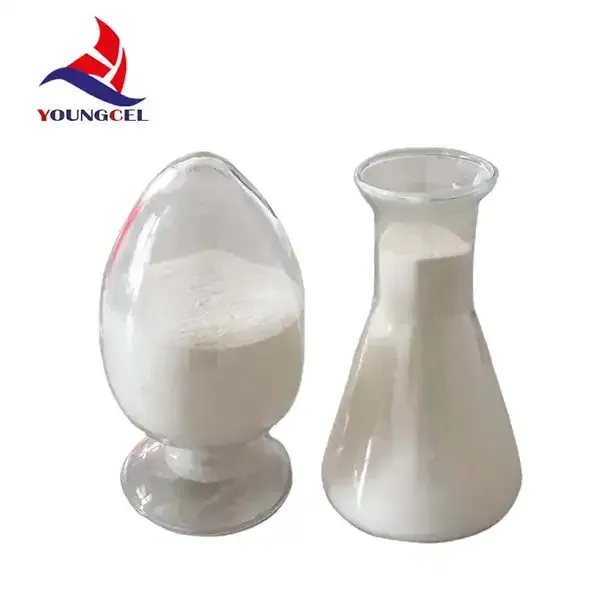Understanding Redispersible Polymer Powder (RDP) from Original Factories
Redispersible polymer powder (RDP) has become an essential component in various construction materials, particularly in the formulation of dry-mix products such as tile adhesives, plasters, and exterior insulation systems. It is a fine white powder derived from the polymerization of monomers, which upon addition to water, redisperses into a stable latex. This unique property makes RDP a vital ingredient in enhancing the performance and durability of building materials.
Function and Benefits of RDP
RDP serves several crucial functions in construction applications. Primarily, it improves the adhesion of materials to various substrates, providing a strong bond that ensures longevity and resilience. This characteristic is especially important in applications that involve outdoor exposure or high-stress environments. When used in tile adhesives, for instance, RDP enhances bond strength, making it less susceptible to moisture and thermal fluctuations.
Another advantage of using RDP is its ability to enhance the flexibility and tensile strength of the mixed products. As the powder incorporates into the mix, it creates a network of polymer particles that help accommodate movement and prevent cracking. This property is particularly beneficial in areas prone to temperature changes or structural shifts. Furthermore, RDP contributes to improved workability, allowing for easier application and spreading of the mixtures, which is a significant advantage for contractors and applicators.
Sources of RDP Original Factories
Importantly, the quality of RDP relies heavily on its manufacturing process. Sourcing RDP from original factories, which are established and recognized producers of high-quality polymer powders, guarantees the consistency and performance of the material. These factories employ advanced production techniques and strict quality control measures to ensure that their products meet industry standards and specifications.
redispersible polymer powder rdp original factory

In original factories, RDP is produced through a controlled process that includes the selection of high-quality raw materials. This careful selection process results in RDP products that not only perform better but are also more environmentally friendly. Many manufacturers are now transitioning towards sustainable practices, producing polymers that have a lower environmental impact without compromising quality.
Market Trends and Innovations
The global market for RDP is witnessing steady growth, driven by increasing demand in the construction industry. Market trends indicate a growing preference for RDP that can enhance the performance of eco-friendly construction materials. Therefore, manufacturers are innovating by developing RDP products that incorporate biodegradable components or that offer even higher performance metrics.
Additionally, as the industry shifts towards more sustainable practices, there is an increasing focus on the recyclability and life-cycle analysis of construction materials. RDP producers are seeking to develop products that not only meet current performance needs but also align with broader environmental goals.
Conclusion
In summary, redispersible polymer powder is a vital component in modern construction materials, enhancing adhesion, flexibility, and workability. The importance of sourcing RDP from original factories cannot be overstated, as it ensures quality and consistency. As the construction industry evolves, innovations in RDP production will likely continue to enhance the performance of building materials while aligning with environmental sustainability goals. Whether you are a contractor, architect, or manufacturer, understanding and utilizing high-quality RDP can significantly impact the success and durability of your projects.






